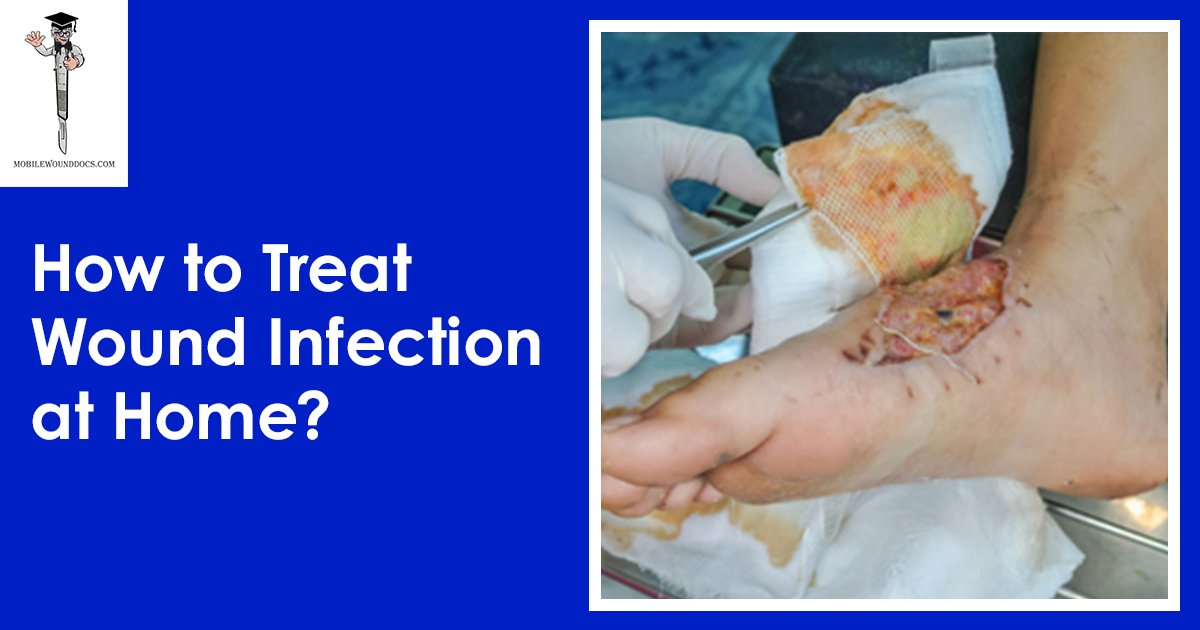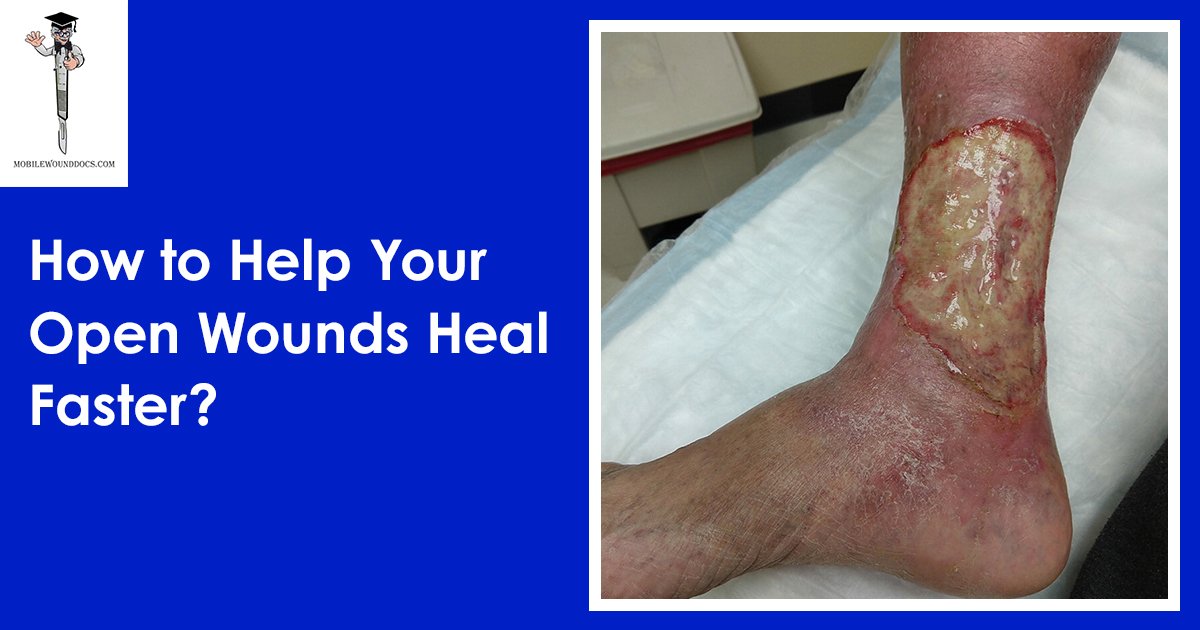Daniel Davidson, MD, MBA, DBA, PHD
Introduction:
Often undervalued in clinical settings, smell can provide important information about the condition of a wound and how it is healing. Even if it is unpleasant, wound odor can be a sign of microbial activity, degree of contamination, and overall healing trajectory. Comprehending the correlation between pollution levels and wound odor is crucial for enhancing healing results and facilitating efficient wound treatment.
The Nature of Wound Odor:
Microbial Activity:
The metabolic waste products generated by bacteria and other microorganisms that colonize the wound site are the main cause of wound odor. As a result of their metabolism of tissue fragments, exudate, and other substrates, these bacteria release volatile organic compounds (VOCs), which are conducive to their growth in the warm, humid environment of a wound. These volatile organic compounds (VOCs) add to the characteristic smell of infected or colonized wounds.
Types of Odors:
There are several ways that wound odor can appear, and each one is a sign of a distinct bacteria population and metabolic process:
Bad Odor:
Frequently characterized as rotten, disagreeable, or malodorous, this kind of stench is frequently linked to bacterial infection and the decomposition of necrotic tissue. Strong smells can be produced when anaerobic bacteria, including Clostridium species, are present.
Musty Odor:
A stale or musty smell could be a sign of an overgrowth of yeast or fungus inside the wound. This distinctive smell can be the result of fungal infections, such as those brought on by Candida species.
Sweet Odor:
A pseudomonas infection may occasionally be indicated by a wound that has a sweet or fruity odor. The common wound pathogen Pseudomonas aeruginosa emits a distinct sweet odor as a result of some metabolic products.
Factors Affecting Odor:
A number of factors can affect the kind and strength of wound odor, including:
Degree of Contamination:
Odor generation is greatly influenced by the degree of microbiological contamination present in the wound. Chronic infections or wounds with high bacterial loads are more likely to smell strongly.
Existence of Necrotic Tissue:
When necrotic tissue decomposes, it can release strong, disagreeable odors and provides a fertile substrate for bacterial development.
Moisture Levels:
An environment surrounding a wound that is too wet might encourage the growth of bacteria and worsen the development of odors. On the other hand, because of tissue desiccation and disintegration, excessively dry wounds might also smell.
Relationship to Contamination Levels:
Assessing and managing wounds in clinical settings requires an understanding of the connection between contamination levels and wound odor. Healthcare professionals can detect infections more accurately, make wise treatment choices, and keep a close eye on the healing process when they are aware of this association.
Low Levels of Contamination:
Odor is usually negligible or nonexistent in wounds with low contamination levels, such as fresh trauma wounds or clean surgical incisions. Proper wound care techniques and the body’s inherent defense mechanisms assist keep the area reasonably odor-free and inhibit bacteria colonization. In these situations, the lack of smell suggests that the lesion is healing without a substantial infection or bacterial growth.
Levels of Moderate Contamination:
Odor levels in wounds with moderate pollution levels might range from mild to moderate. These wounds are frequently the consequence of mild contamination that occurred after surgery or accident. Even while there may be bacterial colonization, the illness is typically contained by the body’s immune system before there are noticeable clinical symptoms. In these situations, a slight stench could be a sign that more vigilant wound care and more observation are required to stop the spread of the infection.
High levels of contamination:
High levels of contamination in wounds, like chronic ulcers or surgical sites infected with bacteria, usually smell strongly and nasty. The presence of necrotic tissue and exudate, along with the growth of pathogenic bacteria, contribute to the emission of volatile organic compounds (VOCs), which give the area its distinctive smell. In these situations, smell plays a critical role in indicating the level of contamination and infection. To treat the underlying infection and encourage healing, prompt intervention is necessary. This includes rigorous debridement, antimicrobial medication, and wound dressing selection.
Clinical Implications:
Infection Monitoring and Detection:
Odor coming from wounds can be an early sign to infection, indicating the need for additional research and care. To determine the existence and course of an infection, medical professionals rely on variations in the intensity, permanence, and type of an odor. In order to assess the efficacy of treatment and modify management tactics as necessary, healthcare providers might monitor odor in conjunction with other clinical symptoms, such as increased discomfort, erythema, or exudate.
Help with Diagnosis:
The scent of a wound can help with diagnosis by offering important hints about the underlying condition. Certain problems may be indicated by distinct smells, such as the anaerobic bacteria found in foul-smelling wounds or the distinctively sweet fragrance of diabetic ulcers. Odor assessment is a component of the total clinical picture that helps healthcare providers make judgments about diagnosis and customize treatment approaches for each patient.
Treatment Planning and Decision-Making:
Treatment planning and decision-making are impacted by the existence and traits of wound odor. Decisions about antimicrobial therapy, dressing selection, and wound debridement are guided by the evaluation of odor. Interventions targeted at decreasing the microbial burden, encouraging wound healing, and easing patient suffering related to malodor are given priority by healthcare practitioners. Treatment strategies might be modified in response to odor changes to improve patient results and quality of life.
Patient Experience and Psychosocial Impact:
The psychosocial well-being and patient experience can be significantly impacted by wound odor. People who are afflicted by wound odor may experience distress, humiliation, and social isolation. Recognizing the psychological effects of wound odor, medical professionals work to allay patients’ worries by providing kind treatment, clear communication, and comprehensive support. Healthcare professionals can increase patient satisfaction and treatment adherence by actively include patients in odor management techniques and attending to their emotional needs.
Optimizing Wound Management:
All-encompassing Evaluation:
Effective wound treatment starts with a thorough examination. The parameters of the wound, such as its size, depth, presence of tunneling or undermining, tissue viability, and infection indicators, should be assessed by clinicians. The evaluation should also take into account the patient’s mobility, dietary status, medical history, and social aspects that could affect the healing of wounds.
Injury Displacement:
Debridement is a vital step in the healing process of wounds because it gets rid of foreign objects, slough, and necrotic tissue that clogs the wound and harbors bacteria. A variety of debridement techniques, including as sharp, mechanical, enzymatic, autolytic, and surgical techniques, may be used, depending on the specifics of the wound and the clinician’s experience.
Controlling Moisture:
It is imperative to uphold an ideal moisture equilibrium inside the wound bed to facilitate the development of granulation tissue, cellular migration, and epithelialization. By using the right dressings, you can minimize the risk of maceration or desiccation and promote healing by controlling moisture levels, absorbing excess exudate, and creating a moist wound environment.
Contamination Management:
Since microbial colonization can obstruct healing and result in systemic problems, controlling infection is essential to wound care. Following the guidelines of antimicrobial stewardship, clinicians should use techniques such as wound cultures, antibiotic medication, wound irrigation, and biofilm destruction to assess and manage infection.
Conclusion:
An important clinical indicator for determining contamination levels and directing wound care choices is wound odor. Healthcare professionals can target therapies to manage infection, enhance healing, and improve patient outcomes by understanding the connection between microbial activity and wound odor. Frequent evaluation of odor in conjunction with other wound parameters enables a holistic approach to wound care, thereby improving the quality of life for those who suffer from wounds.








